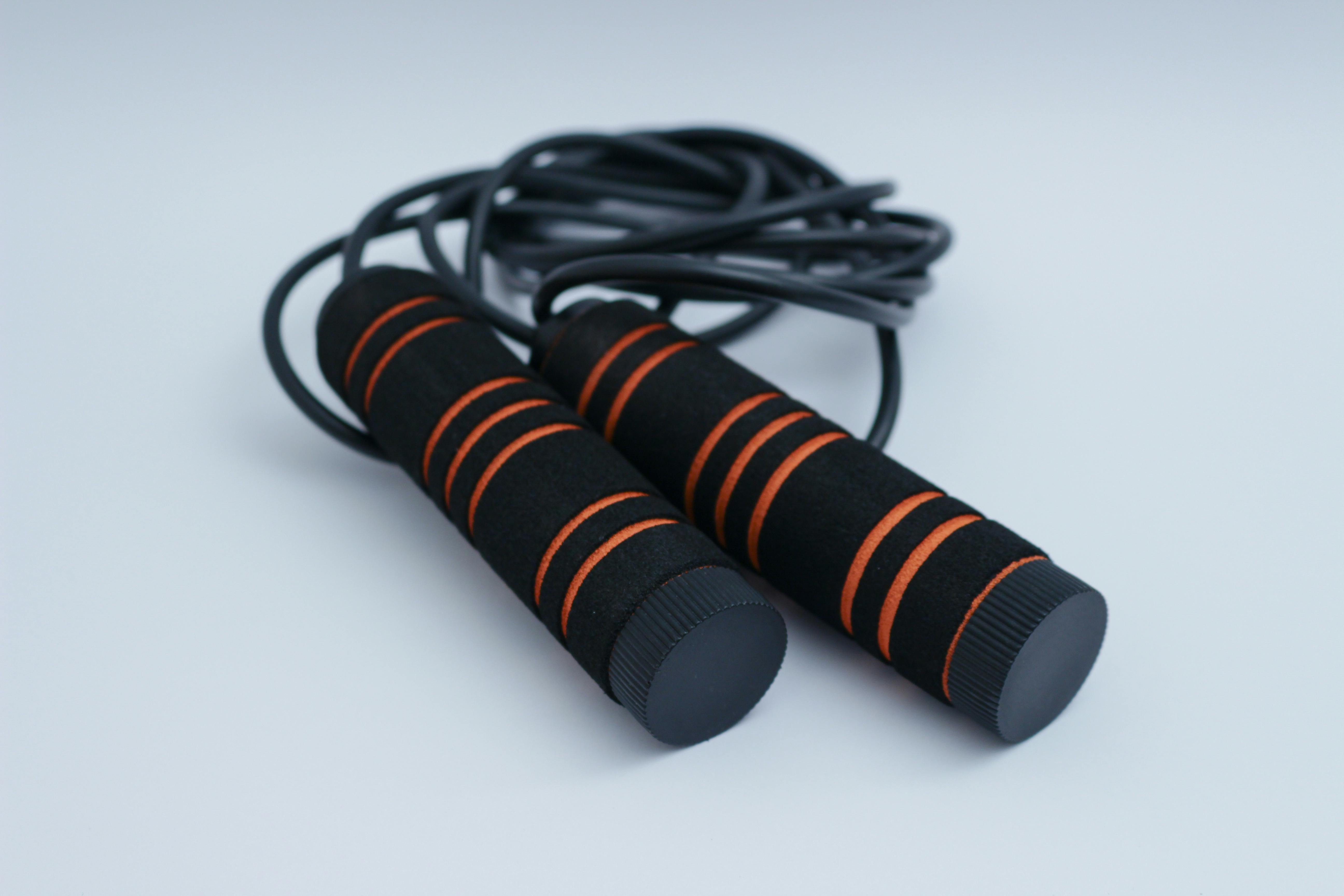The race log book can be one of the most effective tools you have in your quest to become the best racer you can be. Below, you’ll learn exactly what should be included in your running log and how that information will help you reach your running goals without getting injured.
If the day was spent training, include:
1. Date
This one is simple. Enter the date of the run for record keeping purposes.
2. Mileage
How many miles did you run. Was it an easy mileage day or a workout? If it was a workout, what was it? (eg, 8×400, 4×1 mile, etc.). This helps you keep track of how quickly your mileage is increasing over time. This is where you should follow the rule of not increasing your mileage more than 10% each week. If you rack up mileage faster than 10% each week, you risk injuring yourself. This is because your body needs time to recover from each run. Building your mileage faster than 10% per week is asking your body to recover faster than it’s probably ready for. While some people can successfully increase mileage by more than 10% per week for a few weeks, it will eventually catch up with them and lead to injury.
3. Time achieved for running or training and where the training took place
What was the total time for the long run or what was the split for each repetition? You should also keep track of which course you run. It is very important to keep accurate records of your time for a workout or what your time was for the course you ran that day. You can look back weeks, months, or even years later to see how your time compares when you run that course or training again. You can also look at the other factors that day and see if there was an external variable that caused you to run slower one day compared to the other (extreme heat, for example) or if the variables were similar and you ran faster one day due to better physical condition.
4. Time of day
Was it 6:00 am or 6:00 pm? Some people feel better running in the morning, while others feel better running at night. There are also studies, which will be discussed in future posts, that look at the likelihood of injury from running in the morning compared to running in the afternoon. Keeping track of the time of day that you train is also important because many experts suggest that you should train at the same time of day that you are going to compete. If your target run is a morning run and you spend all your time training in the afternoon, then you can compare your run result to another time when you trained for a morning run in the morning.
5. Time
Did you run in the heat of the day, winter snowstorm or rain? These factors will be crucial to one in the future when reviewing your training log. If you see that you ran in very hot and humid conditions one day, then you know why your time was so much slower that day. If proper care is not taken after a few races, you can get sick from the elements you raced in. If this happens, by looking back at your training log, you can see what conditions you have to tire of.
6. How did you feel about the training (scale 1-10)
I use a scale of 1-10 to rate how I felt about the training. “10” means I felt great and I couldn’t have felt better. “1” means that I struggled from the first step to the last. When you save this information, you can look back and see if you weren’t recovering from your previous workouts and need a couple of days off. If you see a steady decline in your grades, it could be a sign that you need to rest.
7. Rate of Perceived Exercise (Scale 6-20)
The RPE scale is based on a scale that you use to estimate your perceived exertion for each run. The scale below shows you that a level of “6” means no effort at all and a level of “20” means maximum effort that you can only hold for a few seconds. The 6-20 scale is also used because it can be used to estimate heart rate. If you say you’re currently running at an RPE of 13, then your estimated heart rate could be around 130. Basically, take your RPE score and multiply it by 10. Remember that heart rate estimates are just an estimate and can not be very precise. depending on a number of other factors.
6 No Effort At All
7 Extremely light effort
8
9 Very light effort (walking at a slow and comfortable pace)
10
11 light effort
12
13 I exert myself somewhat hard (You feel tired, but you can continue for a while)
14
15 intense effort
sixteen
17 Very hard (strenuous and causes a lot of fatigue)
18
19 Extremely strong exertion (cannot maintain this pace for long)
20 maximum effort
8. Aches or pains (if any)
In the past, I have written about little aches and pains that I ignored, and over time, those aches and pains turned into serious injuries. When I went back and reviewed my training log, I noticed that I had been ignoring the warning signs of injury for quite some time. Instead of taking a day or two off to allow the injury to heal before it became serious, I ended up having to take a month or two off to let the major injury heal.
9. Any outdoor exercise (swimming, cycling, baseball, soccer, mowing the lawn)
If you’re constantly working out in the pool or on the bike and don’t change the amount of running you do according to the other workouts you’re doing, you may be flirting with disaster. Excessive running, swimming, or cycling can cause stress that your body cannot recover from. The result a few days or weeks later could be a major injury.
10.Food
Keeping an accurate record of what you eat each day will help you in the future. I have learned that there are some foods that I should avoid a few days before a race. I have learned this from previous training. Certain foods do not agree with my stomach and running. If I eat these foods somewhere near a hard race then I have stomach problems. Knowing which foods to avoid and which foods work well will allow you to have a much more enjoyable workout or race.
11. Hydration
I sweat a lot more than most people when I run. On hot days it is essential that I hydrate before, during and after running. Sometimes I still start running dehydrated and feel awful as a result. If you’re constantly taking notes about feeling dehydrated, then you know you need to increase your fluid intake.




